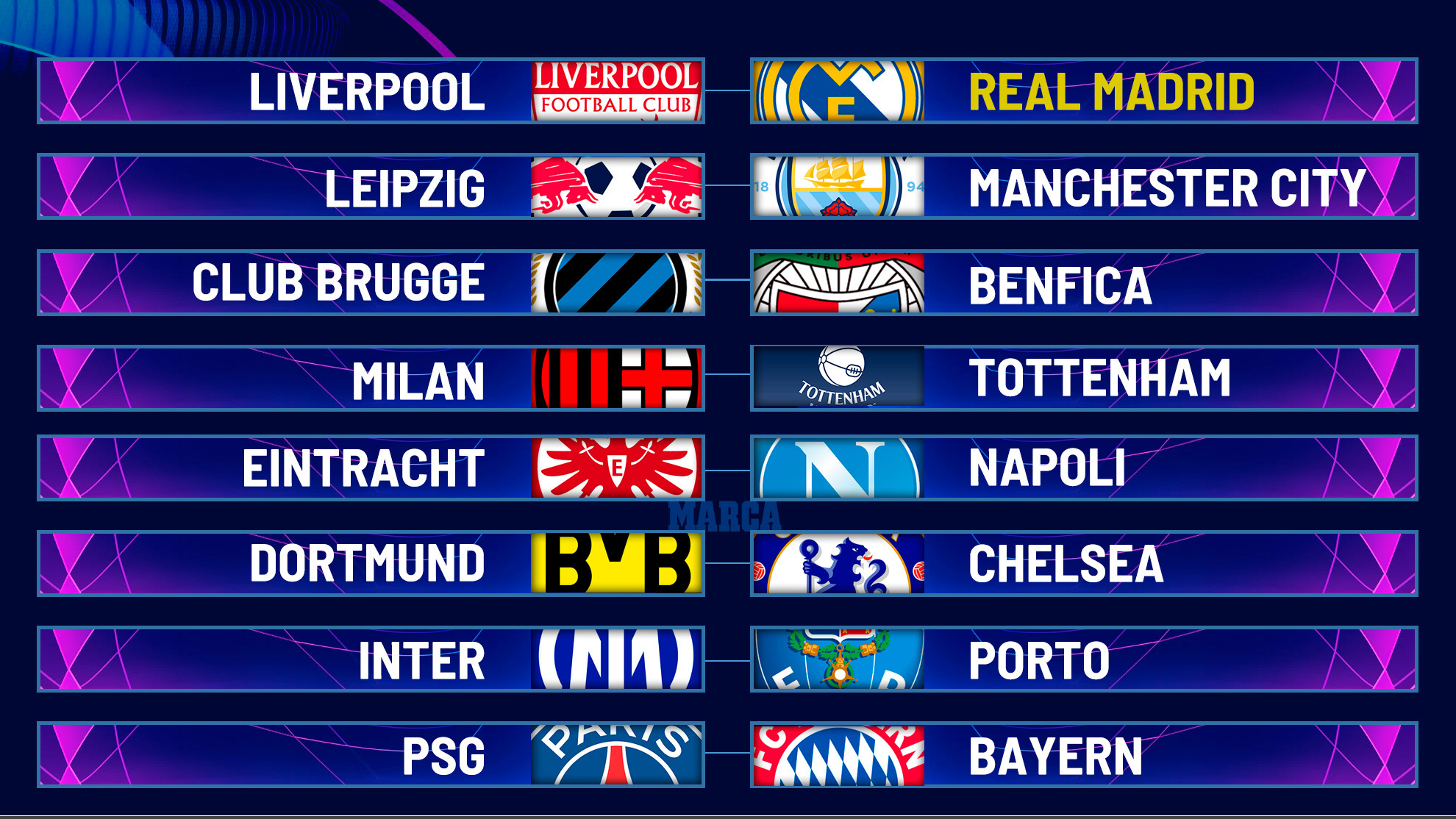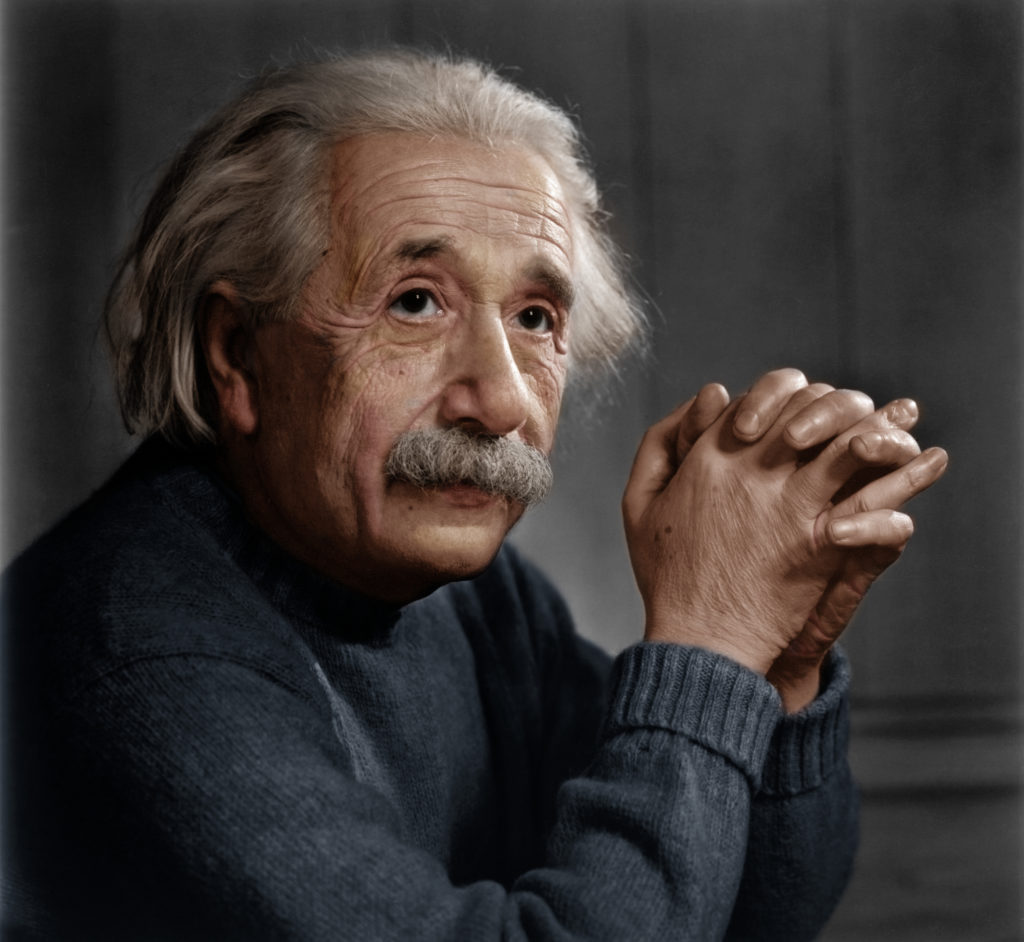
Okay, here’s an extensive article about football players by position, focusing on the criteria for excellence and highlighting iconic players, aiming for approximately 1200 words.
The Architects of Victory: A Deep Dive into Football’s Elite by Position Rankings
Football, the beautiful game, is a symphony of individual brilliance harmonized into collective triumph. While the eternal debate of "who is the greatest player of all time" often dominates discussions, a more nuanced and equally fascinating challenge lies in dissecting excellence by position. Each role on the pitch demands a unique blend of physical attributes, technical skills, and tactical intelligence. To truly appreciate the game, one must understand the distinct demands of a goalkeeper compared to a striker, a defensive midfielder compared to a winger.
This article delves into the intricate world of positional play, outlining the key criteria for excellence in each role and highlighting some of the most iconic players who have defined or redefined their positions. It’s not a definitive "top 10" list, as such rankings are inherently subjective and change with eras, tactics, and personal bias. Instead, it aims to illuminate what makes a player elite in their specific role and celebrate the mastery of their craft.
I. The Last Line of Defense: Goalkeeper (GK)
The goalkeeper is football’s lone wolf, the last bastion against an opponent’s attack. Their performance can single-handedly win or lose matches, making them arguably the most critical defensive player.
Key Criteria for Excellence:
- Shot-Stopping: The fundamental requirement – reflexes, agility, and the ability to make saves from all angles.
- Command of Area: Dominance in the box, claiming crosses, and organizing the defense.
- Distribution: Accurate passing and throwing to initiate attacks or relieve pressure.
- Leadership & Communication: Directing defenders, maintaining composure under pressure, and instilling confidence.
- Decision-Making: Knowing when to stay, when to come out, and when to parry or catch.
Iconic Examples:
- Lev Yashin (USSR): The original "Black Spider," renowned for his incredible athleticism, daring saves, and pioneering the art of commanding the penalty area. He remains the only goalkeeper to win the Ballon d’Or.
- Gianluigi Buffon (Italy): A testament to longevity and consistent excellence, Buffon combined incredible shot-stopping with impeccable leadership and an aura of invincibility for over two decades.
- Manuel Neuer (Germany): The archetypal "sweeper-keeper," Neuer revolutionized the role with his aggressive high starting position, exceptional footwork, and willingness to act as an extra outfield player, profoundly influencing modern goalkeeping.
II. The Defensive Backbone: Centre-Back (CB)
Centre-backs are the anchors of the defense, tasked with neutralizing opposition attacks, winning aerial duels, and initiating play from the back.
Key Criteria for Excellence:
- Tackling & Interception: Precision timing and anticipation to dispossess opponents.
- Aerial Ability: Dominance in the air for both defensive clearances and attacking set-pieces.
- Positioning: Reading the game to be in the right place at the right time, cutting off passing lanes, and organizing the defensive line.
- Leadership & Communication: Orchestrating the defense, maintaining a high line, and motivating teammates.
- Composure & Passing: Calmness under pressure, often initiating attacks with accurate long or short passes.
Iconic Examples:
- Paolo Maldini (Italy): The epitome of elegance and defensive mastery, Maldini possessed unparalleled positioning, tackling ability, and leadership, capable of playing both centre-back and left-back at an elite level for decades.
- Franz Beckenbauer (Germany): "Der Kaiser" redefined the role of the libero, combining defensive solidity with elegant ball-playing and attacking forays, effectively becoming the first truly modern centre-back.
- Virgil van Dijk (Netherlands): A modern colossus, Van Dijk combines immense physical presence with incredible pace, tactical intelligence, and a superb passing range, transforming Liverpool’s defense and setting a new standard for the position.
III. The Flank Guardians: Full-Back (LB/RB)
Once primarily defensive, full-backs have evolved into crucial two-way players, providing width in attack while maintaining defensive discipline.
Key Criteria for Excellence:
- Stamina & Pace: Covering the entire flank, shuttling between defense and attack.
- Crossing Ability: Delivering dangerous balls into the box from wide areas.
- Defensive Prowess: Tackling, tracking back, and marking wingers.
- Tactical Awareness: Understanding when to overlap, when to hold position, and forming defensive partnerships.
- Dribbling & Link-up Play: Ability to beat a man and combine with midfielders and wingers.
Iconic Examples:
- Cafu (Brazil): A tireless engine on the right flank, Cafu epitomized the modern attacking full-back with his relentless overlapping runs, powerful crosses, and defensive tenacity.
- Roberto Carlos (Brazil): Known for his blistering pace, thunderous free-kicks, and attacking verve, Roberto Carlos was a force of nature on the left wing, redefining the attacking potential of the full-back role.
- Philipp Lahm (Germany): The "Magic Dwarf" was a master of tactical intelligence and versatility, equally adept at right-back, left-back, and defensive midfield, showcasing impeccable positioning, passing, and leadership.
IV. The Engine Room: Midfielders
The midfield is the heart of the team, where battles are won and lost, and where defensive solidity transitions into attacking creativity. Midfielders can be broadly categorized.
A. The Destroyer/Anchor: Defensive Midfielder (CDM)
These players shield the defense, break up play, and dictate the tempo from deep.
Key Criteria for Excellence:
- Tackling & Interception: Disrupting opposition attacks and winning back possession.
- Positional Discipline: Holding shape, covering space, and protecting the back four.
- Vision & Passing (Deep-Lying Playmaker): Initiating attacks with accurate long or short passes from deep.
- Stamina & Work Rate: Covering vast amounts of ground.
Iconic Examples:
- Claude Makélélé (France): The player who gave his name to the "Makélélé role," he was a master of defensive midfield, renowned for his tireless ball-winning, simple yet effective passing, and incredible positional sense.
- Sergio Busquets (Spain): A unique blend of tactical intelligence, unparalleled positional awareness, and exquisite short passing, Busquets controls the tempo and flow of the game with deceptive ease.
- Casemiro (Brazil): A powerhouse in defensive midfield, Casemiro combines robust tackling and aerial prowess with crucial goal contributions and a strong understanding of defensive positioning.
B. The Box-to-Box Maestro: Central Midfielder (CM)
These players are the all-rounders, contributing in both defense and attack.
Key Criteria for Excellence:
- Stamina & Work Rate: Covering ground from one box to the other.
- Passing Range: Distributing the ball accurately over various distances.
- Tackling & Defensive Contribution: Winning back possession high up the pitch or tracking back.
- Goal-Scoring & Assisting: Contributing to offensive output with shots from distance or through balls.
- Tactical Versatility: Adapting to different phases of play.
Iconic Examples:
- Steven Gerrard (England): The quintessential box-to-box midfielder, Gerrard possessed a powerful shot, an incredible passing range, and an indomitable will to win, often dragging his team to victory.
- Luka Modrić (Croatia): A master of control, vision, and elegant dribbling, Modrić dictates the tempo, creates chances, and operates effectively in tight spaces, consistently performing at the highest level into his late 30s.
- Patrick Vieira (France): A dominant force in midfield, Vieira combined immense physical presence with surprising grace on the ball, powerful runs, and crucial goal contributions.
C. The Playmaker/Magician: Attacking Midfielder (CAM)
The creative hub, often operating in the "hole" behind the strikers, tasked with unlocking defenses.
Key Criteria for Excellence:
- Vision & Passing (Final Ball): The ability to spot and execute killer passes to create goal-scoring opportunities.
- Dribbling & Close Control: Navigating tight spaces and beating defenders.
- Creativity & Flair: Unpredictable movements and ingenious solutions.
- Goal-Scoring Threat: Often contributing goals themselves with shots from outside the box or intelligent runs.
- Spatial Awareness: Finding pockets of space between opposition lines.
Iconic Examples:
- Zinedine Zidane (France): A magician with the ball, Zidane’s elegance, close control, vision, and ability to perform under pressure made him one of the most aesthetically pleasing and effective attacking midfielders of all time.
- Kevin De Bruyne (Belgium): The modern architect, De Bruyne combines incredible vision, pinpoint passing, powerful long-range shooting, and relentless work rate to be one of the most effective chance creators in the game.
- Diego Maradona (Argentina): While often classified as a forward, Maradona frequently operated as a deep-lying attacking midfielder or "enganche," showcasing unparalleled dribbling, vision, and leadership to single-handedly dominate matches.
V. The Goal-Getters: Forwards
The sharp end of the sword, forwards are primarily responsible for scoring goals and leading the attack.
A. The Wing Wizard: Winger (LW/RW)
These players operate on the flanks, using pace and dribbling to create opportunities.
Key Criteria for Excellence:
- Pace & Dribbling: Beating defenders one-on-one and creating space.
- Crossing Ability: Delivering accurate balls into the box.
- Goal-Scoring Threat: Cutting inside to shoot or making runs into the box.
- Tactical Awareness: Understanding when to hug the touchline and when to drift inside.
- Defensive Contribution: Tracking back to help the full-backs.
Iconic Examples:
- Garrincha (Brazil): The ultimate pure dribbler, Garrincha mesmerized defenders with his bewildering feints and explosive pace, tearing apart defenses from the right wing.
- Arjen Robben (Netherlands): Known for his signature move of cutting inside from the right wing onto his left foot for a powerful shot, Robben was virtually unplayable at his peak, combining pace, dribbling, and clinical finishing.
- Cristiano Ronaldo (Portugal): While evolving into a central striker, his early career defined the modern goal-scoring winger, combining blistering pace, dazzling step-overs, and an insatiable appetite for goals from wide areas.
B. The Spearhead: Striker (ST/CF)
The primary goal-scorer, these players are judged almost solely on their ability to put the ball in the net.
Key Criteria for Excellence:
- Finishing: Clinical accuracy with both feet and head.
- Movement & Positioning: Finding space in congested areas and making intelligent runs off the ball.
- Hold-up Play: Receiving the ball with their back to goal and linking up with midfielders.
- Aerial Prowess: Heading ability for crosses and set-pieces.
- Composure: Remaining calm in high-pressure goal-scoring situations.
Iconic Examples:
- Pelé (Brazil): The quintessential complete forward, Pelé possessed an incredible range of finishing skills, aerial ability, two-footedness, and athleticism, combined with an innate ability to score in crucial moments.
- Ronaldo Nazário (Brazil): "O Fenômeno" was a force of nature, combining explosive pace, dazzling dribbling, and clinical finishing. His peak was characterized by unstoppable runs and a mesmerizing ability to score from almost anywhere.
- Robert Lewandowski (Poland): A modern goal-scoring machine, Lewandowski combines elite finishing with exceptional hold-up play, intelligent movement, and a tireless work rate, making him a truly complete striker.
VI. Beyond Individual Brilliance: The Evolving Game
While individual brilliance defines these positional rankings, it’s crucial to remember that football is a team sport. The greatest players often elevate their teammates and adapt to evolving tactical systems. The lines between positions are also increasingly blurred in the modern game: full-backs become inverted midfielders, wingers play as "false nines," and defensive midfielders orchestrate play from deep.
The beauty of football lies not just in the audacious skill of a dribbler or the impossible save of a goalkeeper, but in how these individual masteries intertwine to create a collective spectacle. Ranking players, while a fun exercise, ultimately serves to highlight the diverse and demanding skills required at the highest level of the beautiful game. The debate will forever rage, but the admiration for these masters of their craft will endure.



